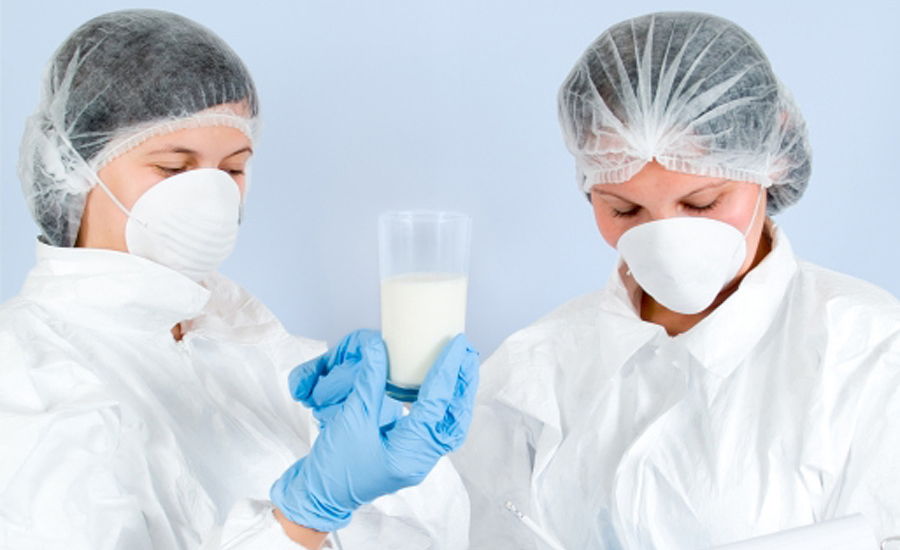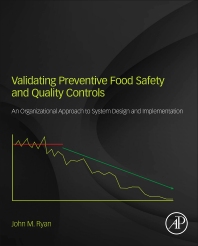Food Safety Solutions: Brave new (testing) world

Although the United States still boasts the safest food supply in the world, consumers are more wary of the products they buy and eat.
In a survey released last year, the Food Marketing Institute (FMI) found that just 66 percent of shoppers are confident that the food they buy at grocery stores is safe. This published finding represented a 16 percent decline from the previous year and the lowest rating in the annual survey in nearly 20 years.
Alarmingly, 38 percent of the respondents reported they had ceased buying produce, meat, poultry and other food commodities due to outbreaks and recalls that were largely caused by pathogenic contamination. It’s interesting to note that FMI’s survey was conducted in January 2007, when much of the country’s attention was focused on a major E. coli O157:H7 outbreak in spinach grown in California. Then again, the survey results were released four months prior to the Topps’ beef recall involving 21.7 million pounds of E. coli contaminated products.
Faced with a double-barrel threat of receding consumer confidence and mounting congressional demands for stricter regulatory oversight, the food industry is under the gun to control pathogens and improve product safety by whatever means necessary. In the high-stakes battle against Listeria moncoytogenes, E. coli and other potentially deadly pathogens, accurate and reliable analytical testing methods are a requisite tool.
Technological advances
Several years ago, tedious and labor-intensive culture methods dominated the microbiological testing landscape. Today, a wide spectrum of rapid microbiological test kits and automated systems enable the detection and identification of microbial hazards in products prior to their release from the processing plant.
These technologies include biochemical identification test kits and automated systems based on biochemical changes to generate a phenotypic profile such as fatty acid profiles and carbon oxidation profiles; antibody-based assays such as enzyme linked immunosorbent assay (ELISA); enzyme linked fluorescent assay (ELFA); reverse passive latex agglutination (RPLA); latex agglutination and immunoprecipitation; and DNA-based assay such as polymerase chain reaction assay (PCR), probe assay (generally targeting ribosomal RNA (rRNA)), and phage assay.
PCR is a method of DNA amplification of a single target copy of DNA by a million fold in a couple of hours to enable detection. The target fragment of DNA is very unique to the test organism. The presence of inhibitors in foods may reduce the sensitivity of PCR. Therefore, when testing foods, PCR methods involve a basic three-step process: sample preparation (cultural enrichment), amplification and detection.
Samples are first enriched according to the standard procedures in an enrichment medium designed to promote the growth of the target organism. The target DNA is exponentially multiplied through a series of heating and cooling cycles. If the starting genomic material is RNA, for instance (in the case of viruses), it is converted to double-stranded DNA, first by reverse transcriptase PCR. An automated fluorescence based system is used for detecting PCR products via the generation of a fluorescent signal.
With the emergence of DNA-based microarray assays, we can look at DNA sequences of organisms, and even strains within an organism, for very precise identification. DNA microarrays are a revolutionary concept in the evolution of food testing because in a single or small number of assays analysts can screen for a large number of microorganisms. Following the standard PCR protocol, which amplifies the DNA for detection of a microbe, a single DNA chip can be used to identify 40 to 100 species or strains of microorganisms in a single test.
Biosensors, another cutting-edge analytical device, contain a biological sensing element connected to a transducer (such as amperometric, potentiometric, calorimetric, conductimetric, colorimetric, luminescence and fluorescence). Signals are produced that detect the presence or activity of living or dead microorganisms in a food sample.
A new gold standard
Unless they are sterile, raw or processed, food products will contain indigenous microflora, contaminant organisms or – in some cases – food-borne pathogens. Identification of organisms causing problems in food product formulations is an important need in the food industry. Recent advances in genetic technology make identification faster, more sensitive, reliable and specific with reproducible results compared to conventional identification methods that require tedious processes such as gram stains, biochemical information or special growth conditions.
Recognized industry-wide as the “gold standard” in culture identification, gene sequencing is based on analysis of ribosomal RNA gene (rDNA) of bacteria and fungi. Identifying microorganism through DNA sequence analysis yield accurate results for biochemical inert species and organisms that are difficult to grow, non-viable, unidentifiable by phenotypic assays or require a long cultivation period such as yeasts and molds. Furthermore, one can analyze hundreds of samples in a single day.
Completing the "big picture"
Ongoing advances in detection methodology are greatly improving the identification of microorganisms, but they are just one important piece in the puzzle to improve product safety. To complete the board, manufacturers and processors must have:
-
Effective safety and quality management systems that comply with regulatory standards;
-
Established standards for products and operating systems that ensure the quality and safety expectations of customers are maintained at all times;
-
Supplier monitoring programs that utilize inspection, testing, and quality control to ensure sourced products meet regulatory requirements;
-
Established review and auditing programs to ensure the viability and effectiveness of internal company and supplier monitoring systems.
Well-designed and monitored environmental sampling programs also can help food plants identify problem areas in the processing environment before they can cause product contamination. Properly deployed, sampling programs are an effective means of confirming that in-plant sanitation controls are effective in minimizing microbiological hazards.
Looking for a reprint of this article?
From high-res PDFs to custom plaques, order your copy today!







